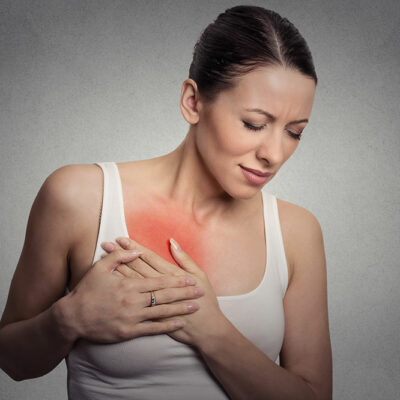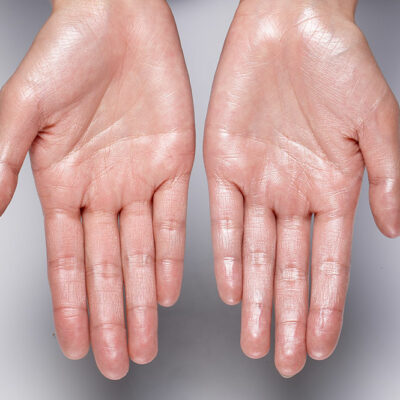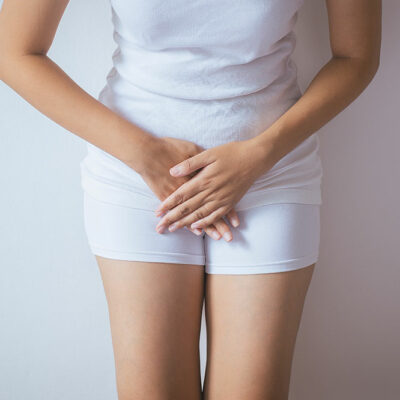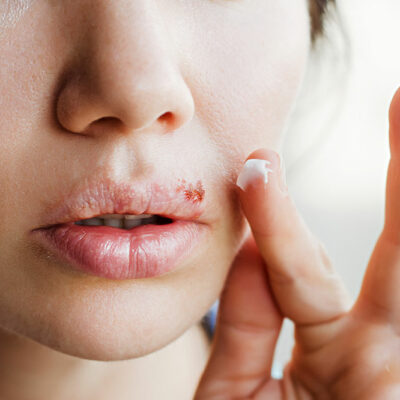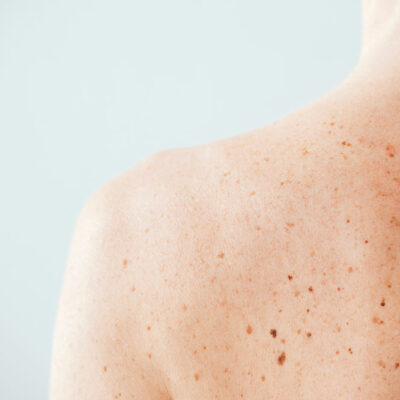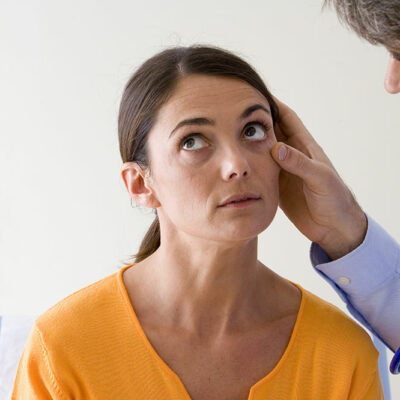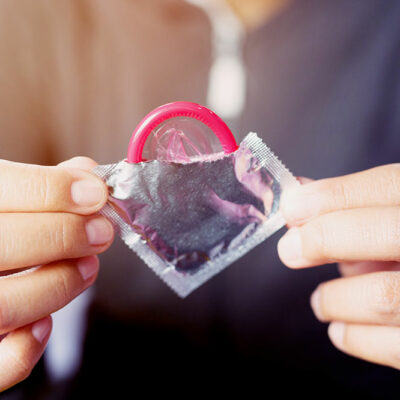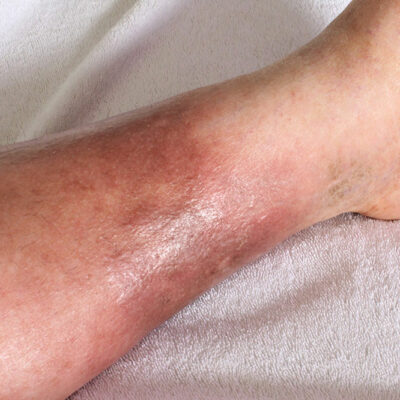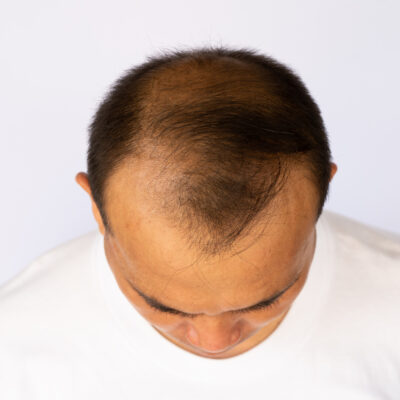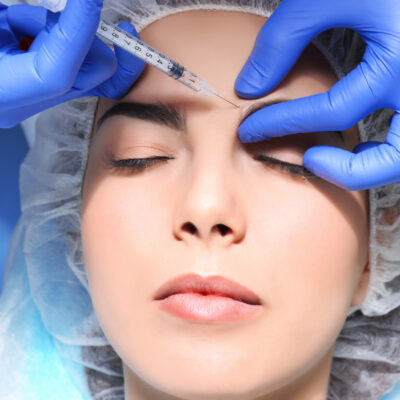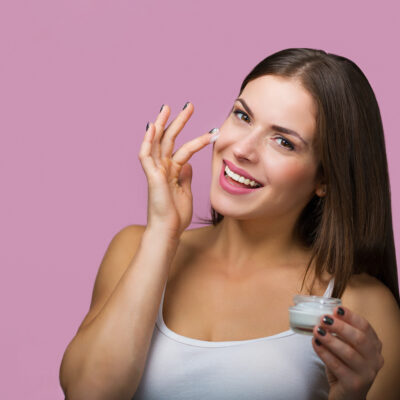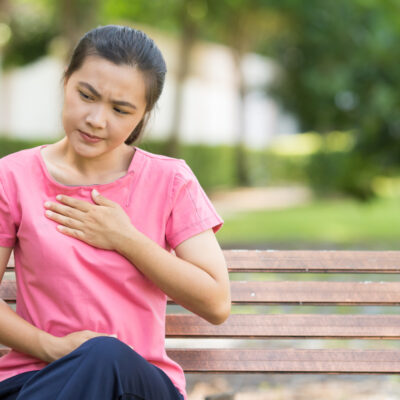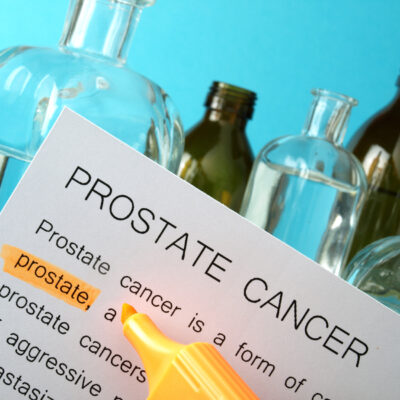
Health
7 Organic Soaps for Sensitive Skin
Using a soap that lathers well and smells great gives a refreshing feeling after every shower. But too much lather and added fragrances might not always soothe those with sensitive skin. This is why people prone to eczema, atopic dermatitis, skin allergies and breakouts might benefit from using natural soaps to help calm their sensitive skin. These soaps are designed without harsh chemicals, keeping the natural oils intact in the skin. Following are the natural soaps for sensitive skin according to your requirments. 1. For facial cleansing – Peach Hydrating Facial Cleansing Bar If you need a gentle facial bar that would let you ditch those harsh chemical-laden face wash liquids, then this is a great choice. The ingredients, rosehip and coconut oil, in this bar, helps in hydrating dry skin. There is also a separate variant available for people with oily skin prone to eczema. 2. Hypoallergenic option – Gluten-Free Savonnerie People with gluten allergies like celiac disease would benefit from this gentle soap. It is also devoid of other common allergens like nuts, soy, and dairy products. It is formulated in a biodegradable formula free of perfumes and added colors. 3. Mild fragrance – Aspen Kay Naturals Dead Sea Mud and Charcoal soap Another gluten-free soap on this list comes with mild natural citrus combined with a sweet mint scent.
Read More 